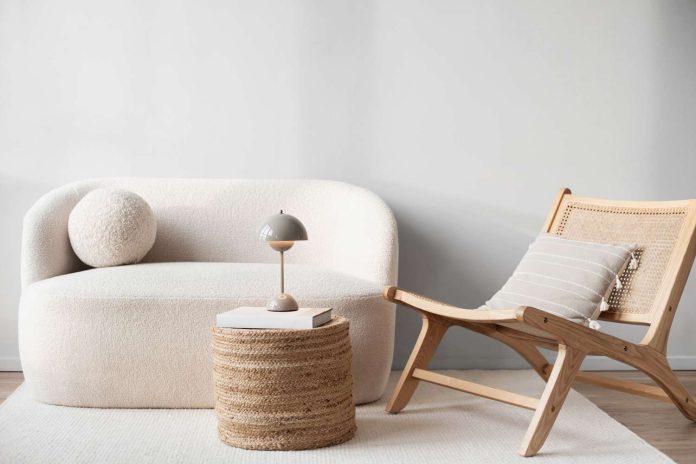You may be on the hunt for new home design inspiration as 2025 wraps up and we approach the new year. But don’t start bookmarking tile samples or ordering swatches just yet—it’s always worth knowing what trends are on their way out. In 2026, designers are officially calling time on a few renovation fads that once ruled our homes and Pinterest boards.
So whether you’re refreshing a bathroom, opening up a kitchen, or rethinking your layout altogether, knowing which trends to skip can save you time, money, and future regret. Here, we spoke with interior designers about the renos they’re saying goodbye to in 2026—and how to create a space you’ll still love.
Smooth Drywall
Getty Images
Flat, builder-grade drywall is out. Now, it’s all about embracing texture. “Flat walls can make a space feel cold and one-dimensional,” says Jennifer Cataldo, interior designer and founder of Maison Cataldo. “People want materials that feel handcrafted and alive, not sterile.”
Instead, try limewash, Venetian plaster, or hand-troweled finishes, which bring subtle movement and dimension to a room—especially when they catch the light. “It softens the architecture and makes even a simple space feel layered and intentional,” adds Cataldo.
The shift speaks to a larger trend of choosing materials that feel handmade, rather than mass-produced.
Waterfall Kitchen Islands
Getty Images
Waterfall islands were once a symbol of modern luxury. Today, they can feel predictable and overdone. “Kitchens are moving toward islands that feel custom and inviting,” says Cataldo.
She suggests mixing materials, adding sculpted edges, incorporating furniture-style bases, or layering in warm woods and metals. The goal is richness and refinement, rather than a single glossy statement. “The new luxury kitchen isn’t about shock and awe,” she adds. “It’s about subtlety, texture, and creating a space you actually want to gather in.”
Blonde Oak
Getty Images
For years, blonde oak was everywhere and beloved for its light, airy look. In 2026, the pendulum is swinging toward deeper, richer tones.
“We’re looking for more contrast and depth in our homes,” says Tennille Burnup, founder of Tennille Joy Interiors. “Think: Your grandmother’s old piano in a mid-tone amber, or a timber-framed armchair stained in walnut.”
Matching Everything
Getty Images
The matchy-matchy approach became popular because it was easy—it removed decision fatigue. Builders and property stylists leaned on the formula to create safe, sellable interiors, and it eventually trickled into everyday homes.
“Homeowners want sanctuaries, not show homes,” says Burnup of the shift. “When everything matches perfectly, it strips away individuality.” The new rule? mix materials, eras, and styles with intention.
Fake Scandi
Getty Images
Not every piece of Scandinavian furniture actually earns the name. “True Scandinavian design is rooted in restraint and simplicity,” says Alyssa Anselmo, interior architect and founder of Anva Studio. “What’s being sold right now completely misses the point.”
This mass-produced faux-Scandi aesthetic is already fading—and for the better. People are realizing that minimal doesn’t have to be lifeless; it can be intentional, thoughtful, and warm.
“Instead of chasing trends that mimic the look, focus on shifting back to clean lines, functional forms, and pieces that are thoughtfully crafted,” she adds. “The goal is to create a home that feels curated, not like a catalog.”







